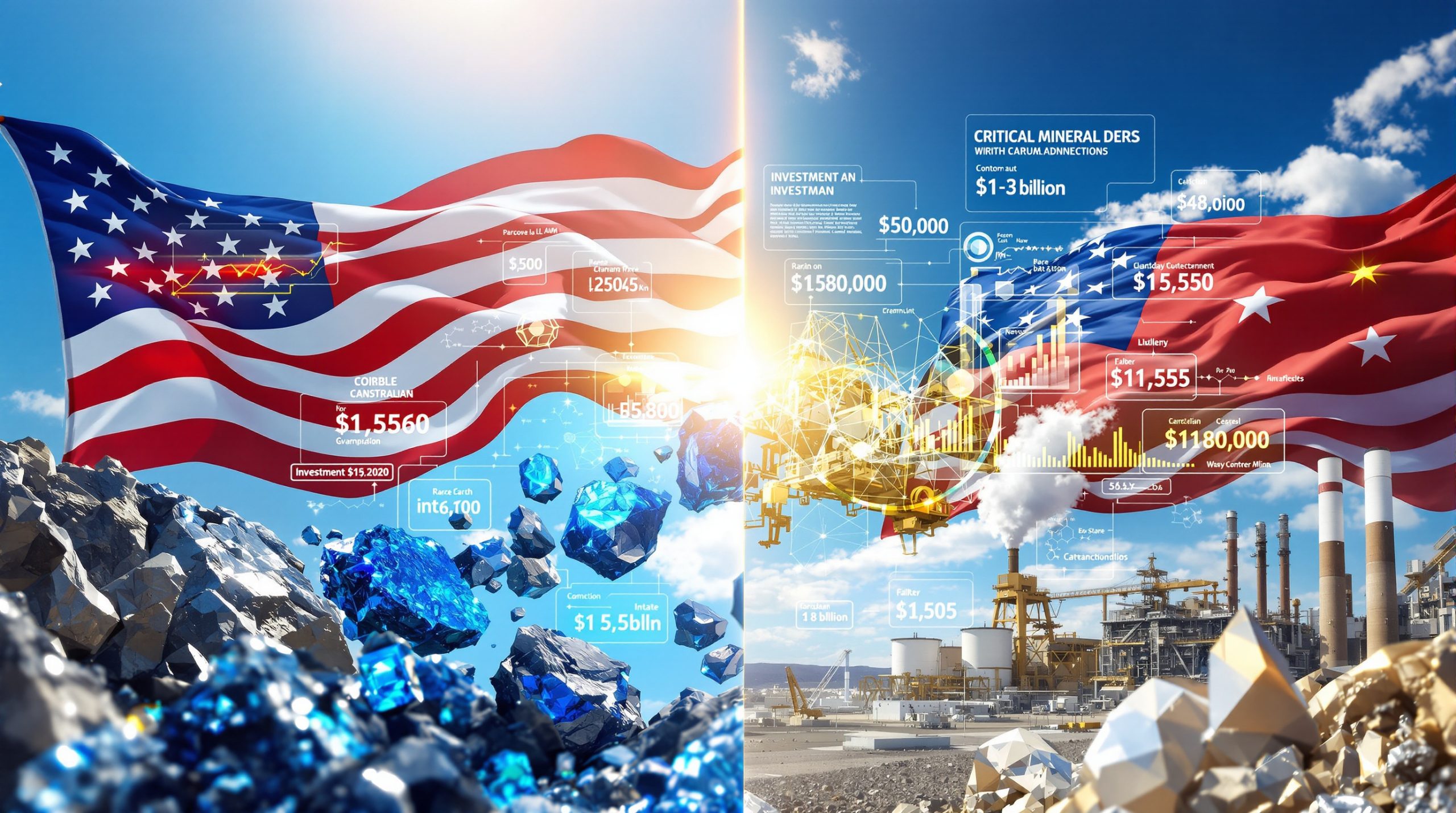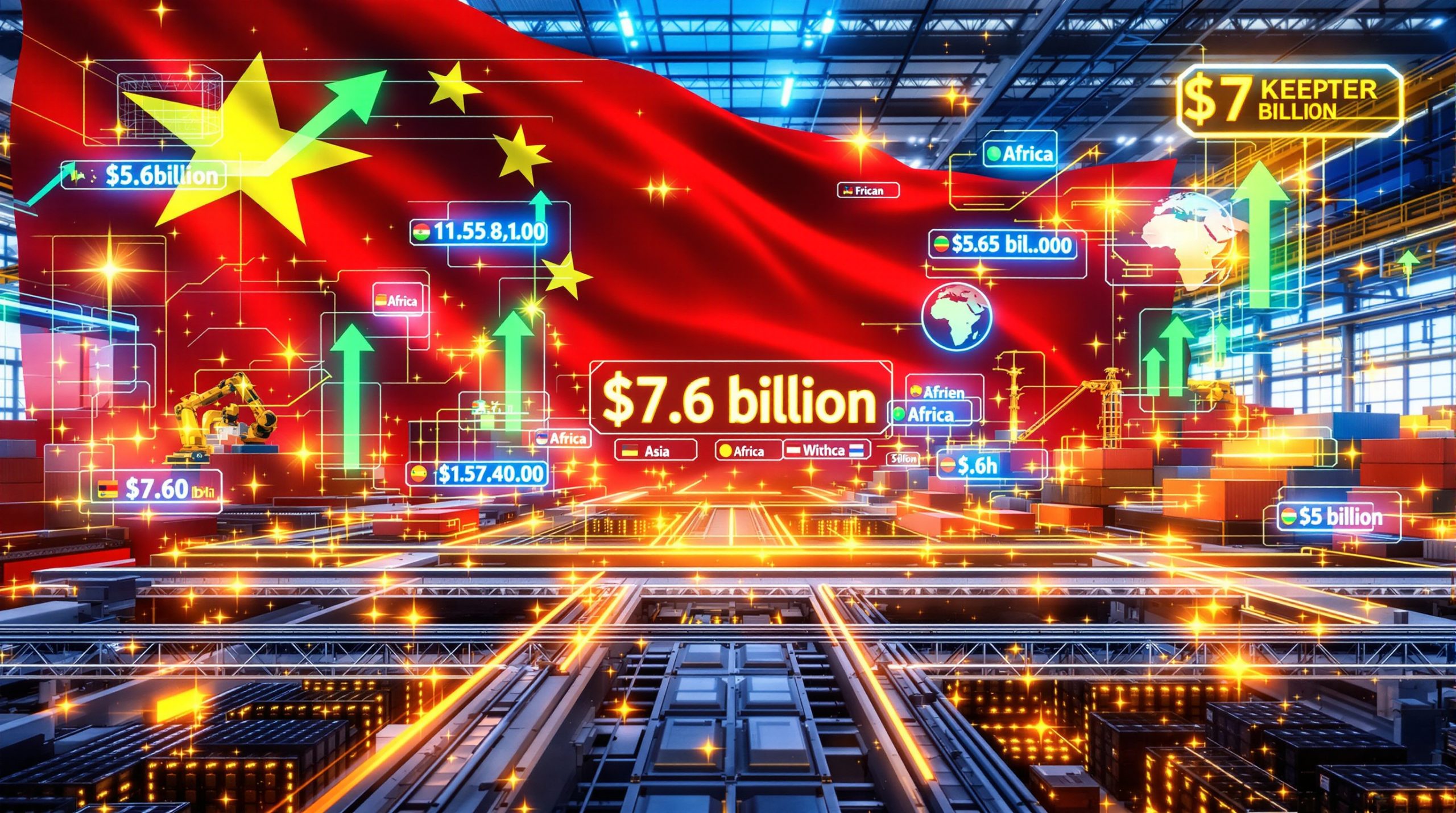What Are Tariffs and How Do They Work?
Tariffs are essentially taxes imposed on imported goods and services, designed primarily to protect domestic industries from foreign competition. While the fundamental purpose of tariffs is to level the playing field for local manufacturers, they are not intended as mechanisms to equalize trade balances between nations—despite common misconceptions.
Most economists agree that tariffs have limited practical applications in modern international trade. According to research by the Peterson Institute for International Economics, over 83% of trade economists reject tariffs as effective balance correction tools.
Definition and Purpose of Tariffs
At their core, tariffs serve as protective barriers allowing domestic firms to compete against foreign imports. They can be calculated as a percentage of the product's value (ad valorem tariffs) or as a specific amount per unit (specific tariffs).
"Tariffs should only combat artificial price suppression through foreign subsidies, not punish natural trade specialization," notes Andrew Rowell, a senior communications advisor specializing in trade policy.
When a 10% tariff is applied to imported bananas from Guatemala, American consumers ultimately pay this additional cost. This price increase artificially makes domestic products more appealing, even if they're produced less efficiently.
Types of Justified Tariff Implementation
Economists generally recognize three scenarios where tariffs might be justified:
- Protection against unfair government intervention from other countries
- Defense against foreign subsidies enabling artificially low export prices
- Counter-measures for deliberate market flooding by foreign producers
The World Trade Organization (WTO) provides specific dispute resolution mechanisms under Article VI of GATT for subsidy-related tariffs, acknowledging their legitimacy in these limited circumstances.
When Tariffs Don't Make Economic Sense
Many recent Trump policy impacts fall outside these justified scenarios. For instance, imposing a 10% tariff on Guatemalan bananas and coffee makes little economic sense when the United States produces less than 1% of its domestic consumption of these products.
Similarly, punishing countries for trade imbalances resulting from natural resource specialization contradicts basic economic principles. Lesotho and Botswana, whose economies rely on diamond exports (accounting for 94% of Lesotho's total exports), face tariffs despite their natural comparative advantage.
Perhaps most puzzling is implementing tariffs against nations that already maintain positive trade balances with the United States. Australia, which buys $12.7 billion more in American goods than it sells, still faces punitive tariffs under certain "reciprocal" frameworks.
"Reciprocal tariff logic ignores fundamental economic realities of resource distribution," explains Jason Mack, a communications advisor specializing in international trade. "Natural specialization based on resource endowment isn't unfair—it's the foundation of efficient global trade."
How Do Tariffs Impact Consumer Prices?
The immediate and most visible impact of tariffs falls on consumer prices, creating ripple effects throughout the economy that extend far beyond the specifically targeted products.
Price Increases on Everyday Products
When tariffs are imposed on staples like coffee and bananas, American consumers face immediate price increases. With the implementation of a 10% tariff on these goods, retailers typically pass 80-90% of these costs directly to consumers.
For products manufactured overseas, particularly from China, the impact is even more significant. Retail industry analysis projects 18-22% price increases on Chinese-manufactured retail goods following implementation of higher tariffs. These increases affect everything from electronics to clothing and household goods.
Studies from the Retail Economics Consortium indicate that "price sensitivity spikes when essentials like coffee increase—elasticity shifts from 0.2 to 0.8," meaning consumers become significantly more responsive to price changes for basic necessities.
Supply Chain Disruptions
The implementation of tariffs creates immediate challenges for global supply chains that have been optimized over decades. Products currently in transit—with typical sea container shipments taking 3-5 weeks to arrive—suddenly face additional costs upon arrival.
Retailers operate on carefully calibrated just-in-time inventory systems that become vulnerable during trade policy shifts. According to industry surveys, 67% of retailers report an inability to absorb cost increases exceeding 15% without significant operational adjustments.
The difficulty in quickly onshoring production presents another challenge. As one supply chain expert from MIT's Supply Chain Lab notes, "Onshoring apparel production would require 3-5 year capital cycles," making quick pivots away from tariffed products nearly impossible.
Consumer Behavior Changes
As prices rise, consumer behavior inevitably shifts. Price sensitivity increases dramatically, particularly for non-essential items. The cross-elasticity of demand between domestic and imported substitutes becomes a critical factor, though in many cases no viable domestic alternative exists.
Historical examples demonstrate this pattern. The 2018 washing machine tariffs increased retail prices by approximately 12% despite Samsung and LG establishing domestic production facilities—consumers simply had to absorb these costs or defer purchases.
For many retail categories, this translates to decreased sales volume, which ultimately affects retail employment and economic growth. The interconnected nature of modern retail means these effects spread far beyond the initially targeted sectors.
What Is the Relationship Between Tariffs and Trade Balances?
Despite popular rhetoric, tariffs have shown limited effectiveness in correcting trade imbalances between nations—a misconception that continues to drive certain policy decisions.
Misconceptions About Trade Balance Equalization
Many tariff policies are predicated on the assumption that they can effectively balance trade between nations. However, the empirical evidence suggests otherwise. Despite maintaining 25% tariffs on Chinese goods for several years, the U.S. goods deficit with China persists at approximately $382 billion.
"Bilateral deficits mask multilateral surplus positions," explains the WTO Chief Economist. Nations maintain complex trade relationships across multiple partners, making bilateral balancing both impractical and economically inefficient.
The concept of "reciprocal tariffs" that measure and attempt to correct trade imbalances fundamentally misunderstands global commodity insights. Countries specialize in what they produce most efficiently—Botswana and diamonds, Australia and minerals, Guatemala and agricultural products.
Economic Imbalances Created by Tariffs
Rather than correcting imbalances, tariffs often create new economic distortions. They impose higher costs on consumers without corresponding benefits, effectively functioning as a regressive tax that disproportionately impacts lower-income households.
For poorer exporting nations, tariffs can have devastating consequences. When a country like Lesotho, whose diamond exports account for 94% of total exports, faces tariffs, its entire economic development strategy becomes threatened.
The IMF Trade Analysis Unit emphasizes that "specialization gains from Botswana's diamond trade exceed any tariff revenue," highlighting the counterproductive nature of attempting to "balance" trade with resource-specialized economies.
Long-term Trade Relationship Implications
Tariffs create uncertainty in international trade partnerships that can persist long after the tariffs themselves are removed. Supply chains, once disrupted, may permanently relocate to avoid future policy risks.
The distinction between current account and merchandise trade balances becomes crucial in this analysis. Services, investment flows, and remittances all contribute to a nation's trade position, yet tariffs primarily affect physical goods.
Historical examples like Germany's structural surplus maintenance post-2015 demonstrate that tariffs and trade balances respond more effectively to macroeconomic policies, currency valuations, and productivity differentials than to tariff barriers.
How Do Tariffs Affect Financial Markets?
Financial markets react swiftly and sometimes dramatically to tariff announcements, reflecting the significant economic implications of these policy decisions.
Stock Market Reactions
When the so-called "Liberation Day" tariffs were announced, market volatility spiked immediately. The S&P 500 realized volatility reached 62% during this period, reflecting extreme investor uncertainty about economic impacts.
Similarly dramatic was the market response to the subsequent 90-day pause announcement on higher tariffs (excluding China). Equity markets surged on this news, with trading volumes exceeding typical levels by 40%.
"Equity risk premium adjustments reflect policy uncertainty beta," according to the Fama-French 2025 Extension study, suggesting that markets price in additional risk during periods of trade policy volatility.
Impact on Specific Sectors
Retail stocks have been particularly hard hit by tariff concerns due to their reliance on global supply chains. Retail sector ETF outflows reached $2.8 billion weekly following tariff announcements, indicating significant investor pessimism.
These market movements reflect legitimate concerns about retail performance. With compressed margins and limited ability to pass through all costs, retailers face potential layoffs and even closures in extreme cases.
Lower sales projections for consumer goods translate directly to lower earnings forecasts, a connection that markets recognize immediately. Companies with significant exposure to tariffed supply chains experience the most severe valuation adjustments.
Global Economic Slowdown Concerns
Beyond individual sectors, tariffs raise broader concerns about potential U.S. and global recession. When the world's largest economy implements protectionist measures, the ripple effects extend worldwide.
Bond markets have signaled these concerns clearly. The 10-year Treasury yields increased 48 basis points following policy announcements, an unusual movement suggesting investors perceive increased economic risk despite the usual "flight to safety" during uncertainty.
Most concerning for many economists is the potential flow-on effect. A U.S. economic contraction inevitably reduces demand for global exports, creating a negative feedback loop that affects economic growth worldwide.
How Do Tariffs Impact Commodity Markets?
Commodity markets respond to tariff policies in complex and sometimes counterintuitive ways, with metals, agricultural products, and precious metals all following different patterns.
Effects on Major Commodities
Industrial metals like iron ore, copper, nickel, and lithium typically experience decreased demand following tariff implementation. This occurs as manufacturing activity slows and construction projects face higher costs and potential delays.
Lithium carbonate spot prices, for example, declined 22% year-to-date amid concerns about electric vehicle demand in tariff-affected markets. The ripple effects extend throughout industrial supply chains.
Medium-term cost curves determine which producers remain viable during these downturns. As CRU Group Analysis explains, "Medium-term cost curves determine commodity survival thresholds," with higher-cost producers exiting the market first when prices decline.
Gold as a Special Case
Gold behaves fundamentally differently from other commodities during periods of tariff-induced uncertainty. As a traditional store of value, gold often appreciates when other asset classes struggle.
Recent market turbulence has seen gold reach $3,487 per ounce, an all-time high reflecting investors seeking safe-haven assets. The World Gold Council notes that "gold's convenience yield compensates for negative real rates," making it particularly attractive during periods of economic uncertainty.
The negative correlation between gold market analysis and trade war indices strengthens during crisis periods, according to London Bullion Market Association analysis. This pattern has remained consistent across multiple trade disputes over the past decade.
ESG Initiatives Under Pressure
Environmental, Social, and Governance (ESG) programs face mounting pressure during economic uncertainty triggered by tariffs. ESG fund flows decreased 19% quarter-over-quarter in tariff-affected sectors as companies prioritize short-term profitability.
This reprioritization threatens to reverse recent ESG momentum as companies focus on survival rather than sustainability initiatives. Projects with longer-term paybacks, particularly environmental initiatives, become vulnerable to deferral or cancellation.
The interconnection between tariffs and ESG becomes particularly evident in supply chain decisions. As companies reconsider global sourcing to avoid tariffs, they may inadvertently increase carbon footprints by selecting less efficient but tariff-free alternatives.
What Are the Investment Implications of Tariff Policies?
Navigating investment markets during periods of tariff implementation requires specialized strategies that account for both short-term volatility and long-term structural changes.
Short-term Market Strategies
One promising approach involves researching lowest quartile producers positioned to weather demand fluctuations and potentially gain market share. These Quartile 1 producers maintain a 23% cost advantage versus peers, providing crucial margin protection during downturns.
Identifying quality stocks with reduced exposure to tariff-related economic headwinds has proven effective historically. The quality factor has demonstrated 15.7% outperformance year-to-date in tariff-affected markets.
Market dislocations frequently create situations where companies become oversold relative to their fundamental value. Contrarian investment approaches require what Marathon Asset Management calls "contrarian energy requiring understanding full-cycle cost curves" to identify these opportunities.
Long-term Investment Considerations
After significant market corrections, investors typically witness a flight to quality stocks. Companies with minimal exposure to tariff-affected supply chains become particularly attractive during these periods.
Sectors benefiting from reshoring and domestic production have seen substantial inflows. Domestic supply chain ETF inflows totaled $4.2 billion in Q2 2025 as investors sought to capitalize on policy-driven manufacturing shifts.
The real option value in certain assets becomes more apparent during policy shifts. As MSCI Research notes, "Real option value emerges in stranded assets during policy shifts," creating opportunities for investors who can accurately assess these complex valuations.
Risk Management Approaches
Diversification across sectors with varying tariff exposure remains the foundational risk management approach. This includes not only sector diversification but geographic diversification to reduce exposure to specific bilateral trade tensions.
The duration of tariff implementation—whether measured in days, weeks, months, or years—dramatically impacts investment strategy. Short-term implementations may present buying opportunities in oversold sectors, while long-term tariffs necessitate structural portfolio adjustments.
Perhaps most concerning for global investors is the evolving perception of U.S. market risk. Traditional models viewing U.S. assets as "risk-free" require reconsideration in an environment of unpredictable trade policy, with implications for geopolitical investor strategies.
FAQ About Tariffs and Trade Balances
Why do governments implement tariffs if economists generally oppose them?
Despite widespread economic consensus against broad tariffs, governments implement them for several reasons. Political pressure to protect domestic jobs and industries often drives these decisions, particularly in electorally significant sectors.
The perception of unfair trade practices requiring countermeasures also motivates tariff implementation. Even when economic data doesn't support this perception, the political narrative can prove compelling.
Finally, tariffs offer short-term political benefits despite their long-term economic costs. The visible protection of specific industries provides political capital, while the diffuse costs to consumers remain less politically salient.
How do tariffs affect employment in different sectors?
Tariffs create complex employment effects across the economy. They may temporarily protect jobs in targeted domestic industries, though often at substantially higher costs per job saved than alternative policies.
However, these gains are typically offset by job losses in retail and import-dependent sectors. When consumer goods become more expensive, purchasing power decreases, reducing demand across the broader economy.
The overall employment impact tends to be negative due to economic inefficiencies created by tariffs. Resources flow to less productive uses, reducing economy-wide productivity and employment growth potential.
What alternatives exist to tariffs for addressing trade imbalances?
More effective alternatives include bilateral trade agreements focusing on specific industries and addressing non-tariff barriers. These targeted approaches can address legitimate concerns without the broad economic damage of across-the-board tariffs.
Currency policy adjustments, while controversial, more directly address competitive imbalances than tariffs. Exchange rates fundamentally impact trade flows more efficiently than tariff barriers.
Perhaps most importantly, investment in domestic productivity and competitiveness offers sustainable advantages without the distortions created by tariffs. Skills development, infrastructure improvement, and research funding create lasting competitive advantages.
How can investors protect their portfolios during periods of tariff implementation?
Diversification across sectors and geographies provides the foundation of risk management during trade tensions. Reducing concentration in highly exposed industries minimizes downside risk.
Focus on companies with predominantly domestic supply chains can insulate portfolios from immediate tariff impacts. Firms that source and sell primarily within their home markets face reduced direct exposure.
Consideration of traditional safe-haven assets like gold continues to prove effective during trade disputes. Gold's price has historically strengthened during periods of trade tension, offering portfolio protection.
Research into lowest-cost commodity producers positioned to weather demand fluctuations can identify opportunities even in challenging sectors. These companies often emerge from downturns with strengthened competitive positions and increased market share, particularly during a commodity super cycle.
Ready to Stay Ahead of the Next Major Mineral Discovery?
Discovery Alert's proprietary Discovery IQ model instantly notifies investors about significant ASX mineral discoveries, transforming complex data into actionable insights for both short and long-term investment opportunities. Understand why major discoveries can generate substantial returns by exploring Discovery Alert's dedicated discoveries page and position yourself ahead of the market.




